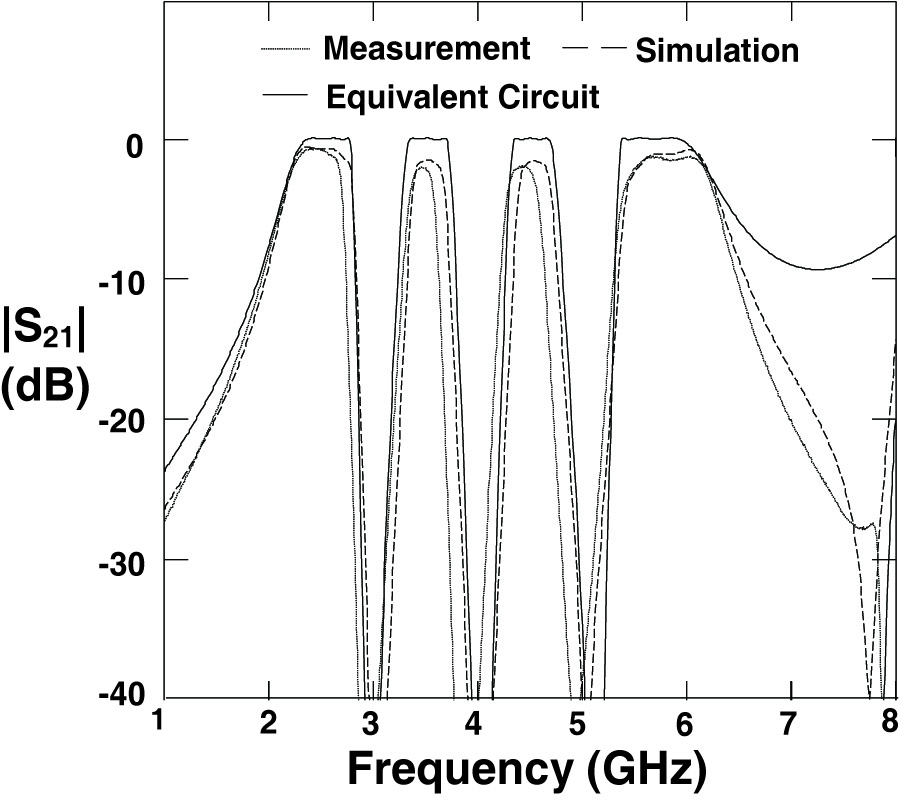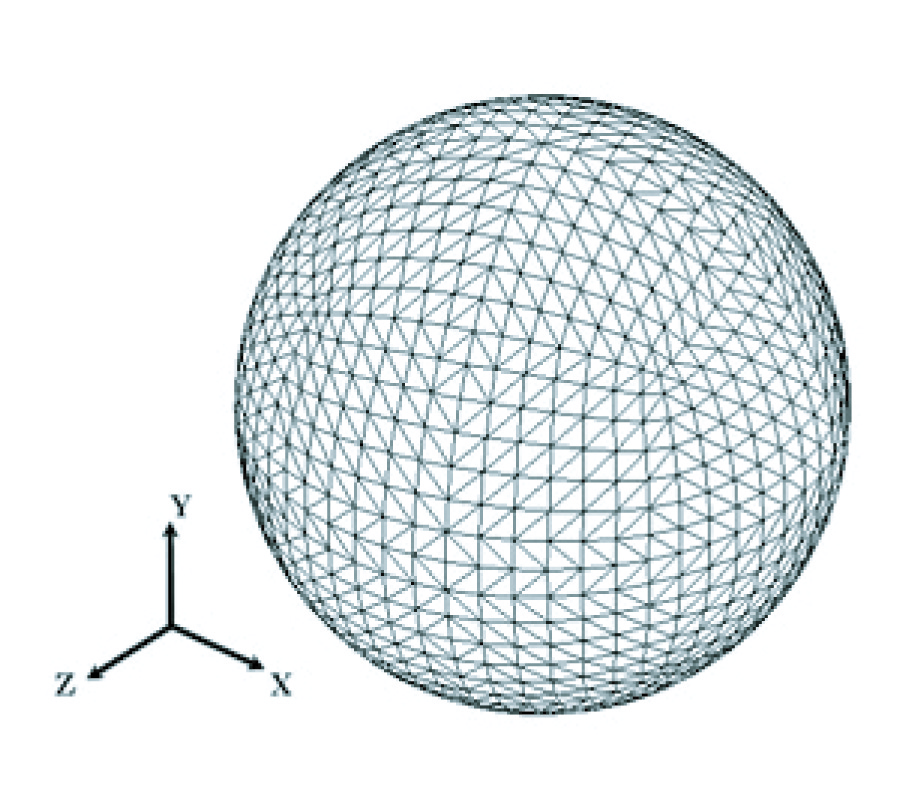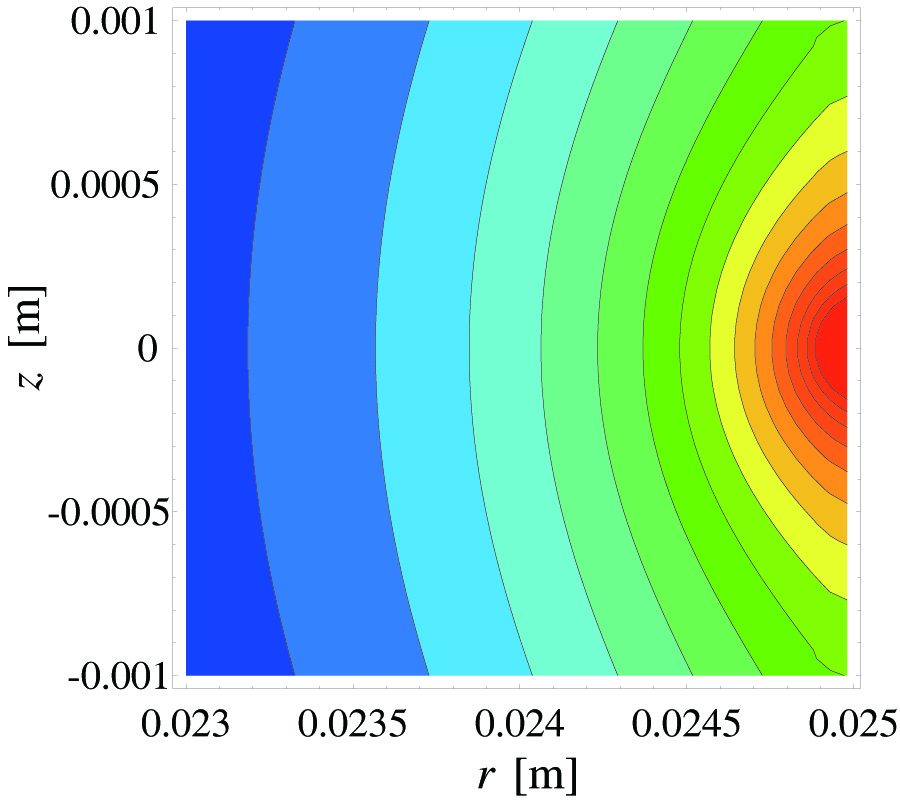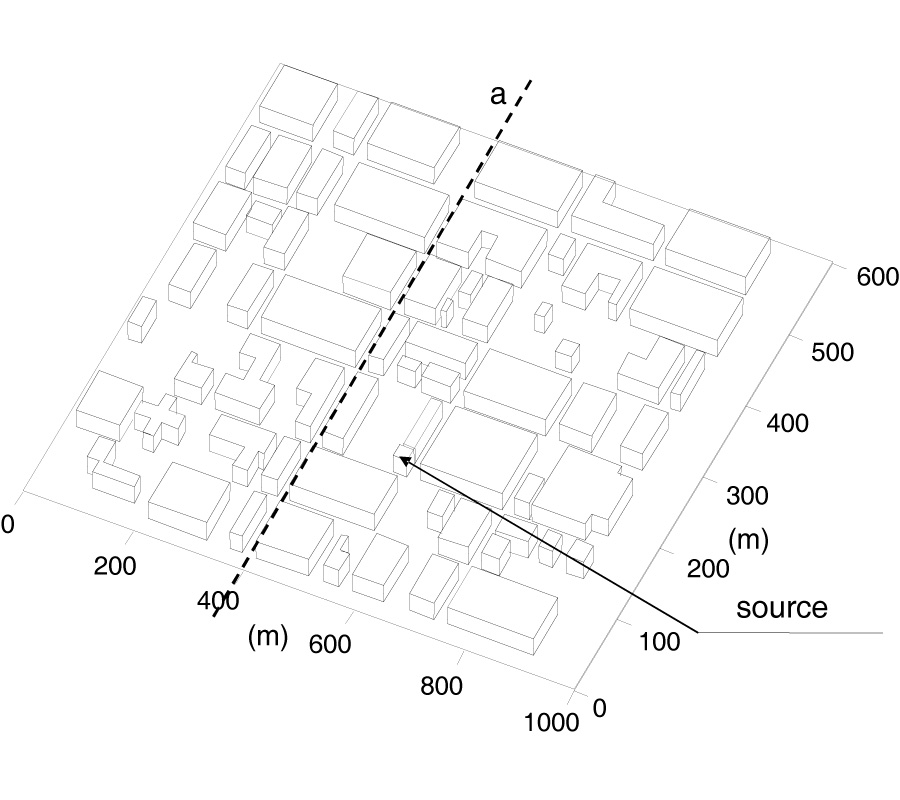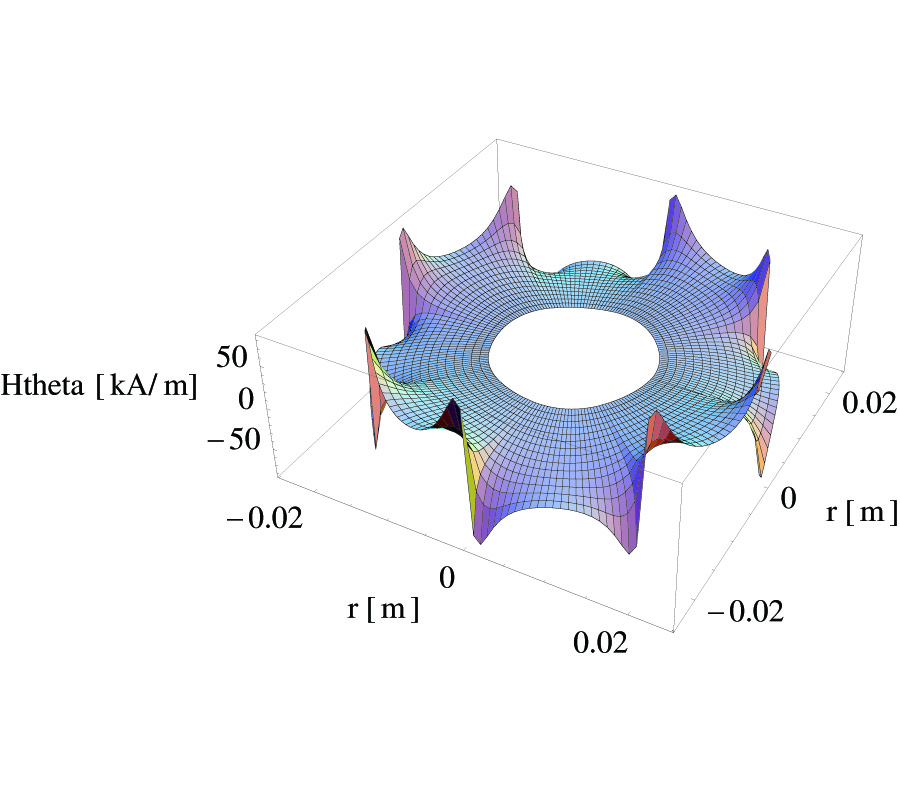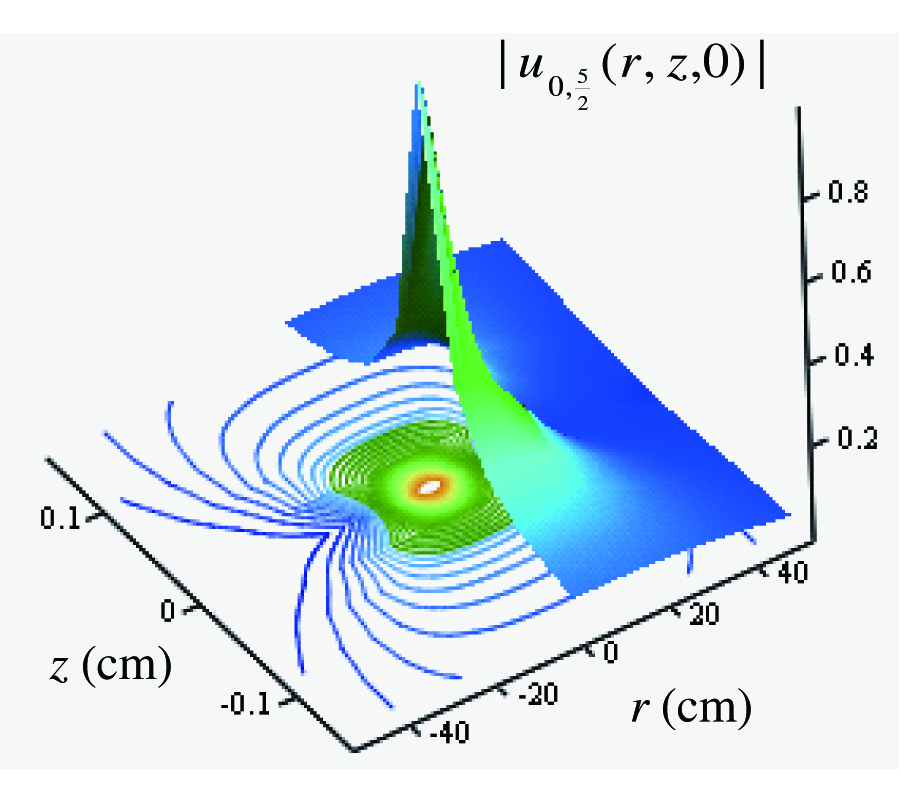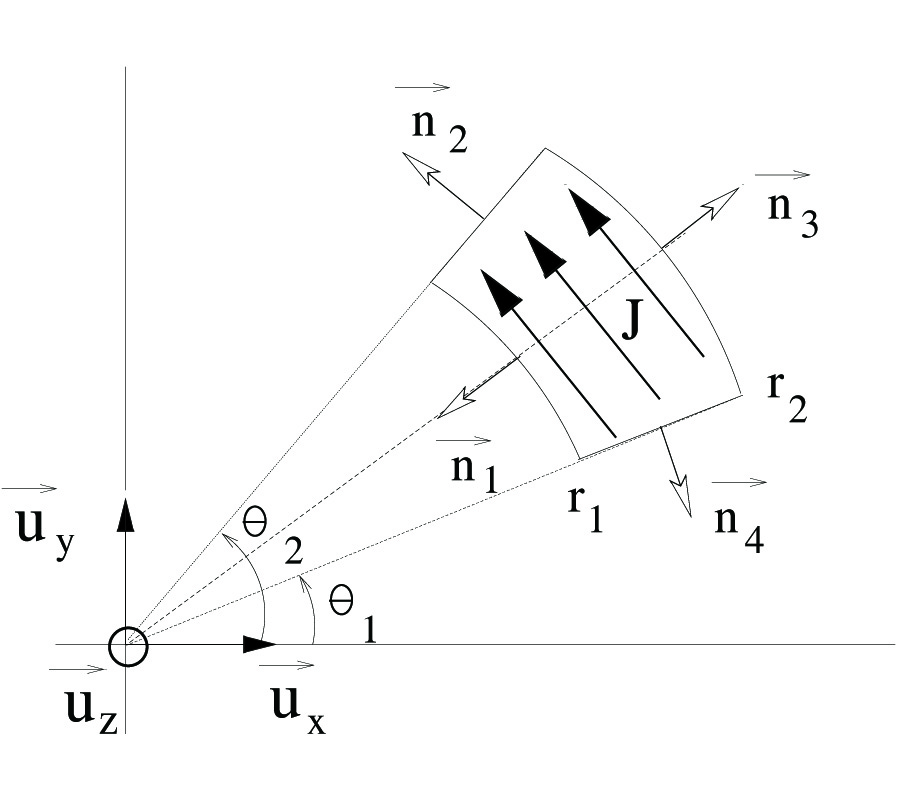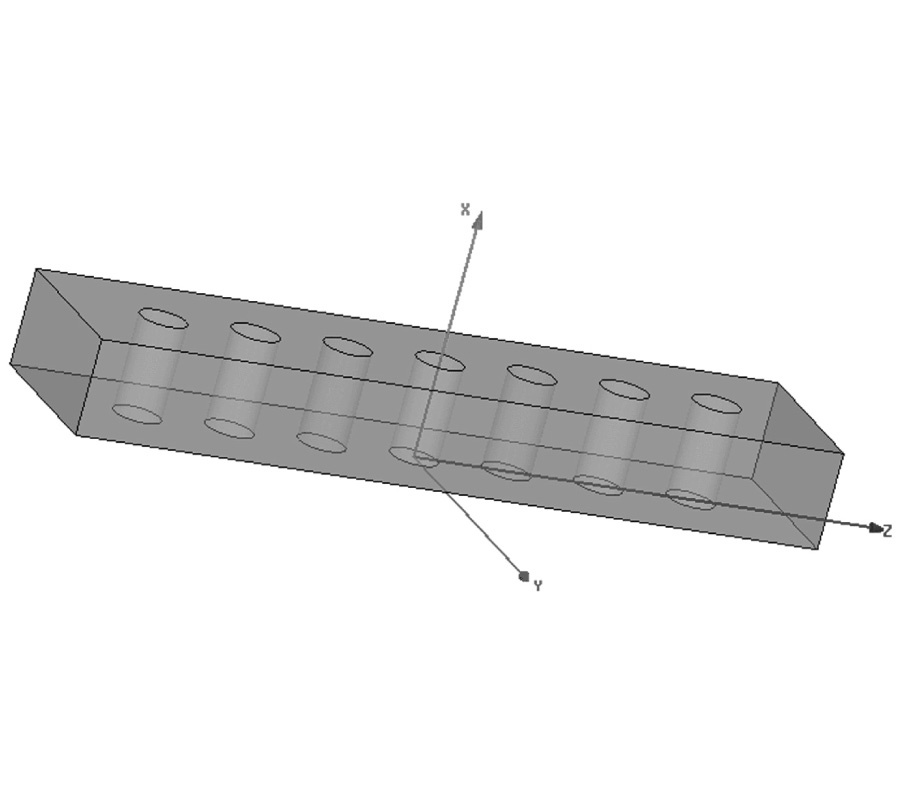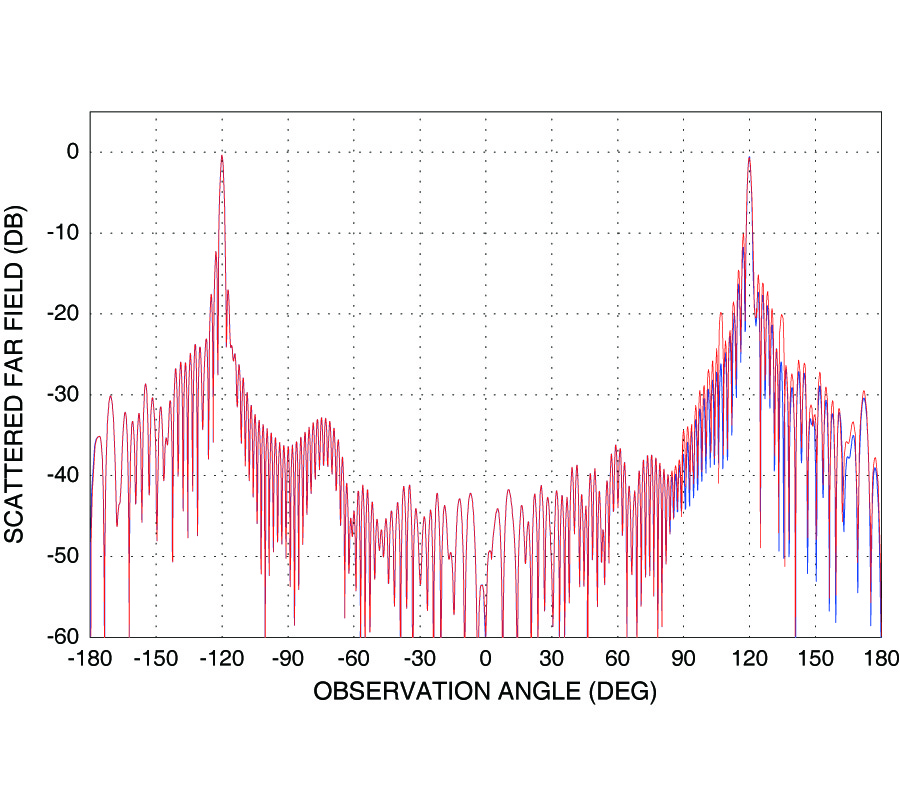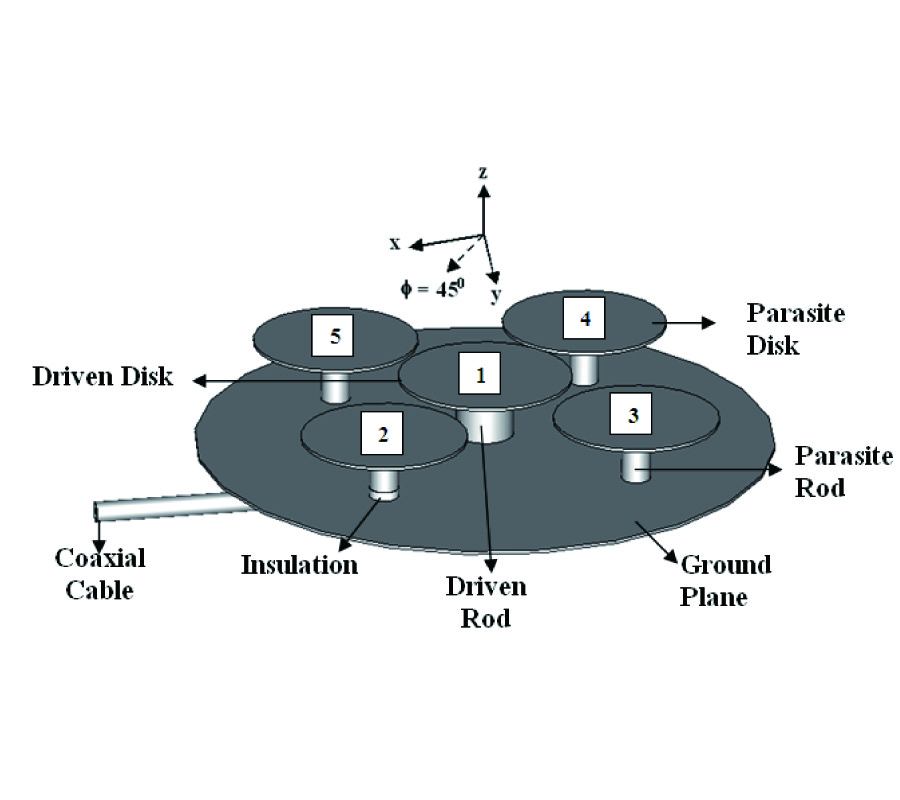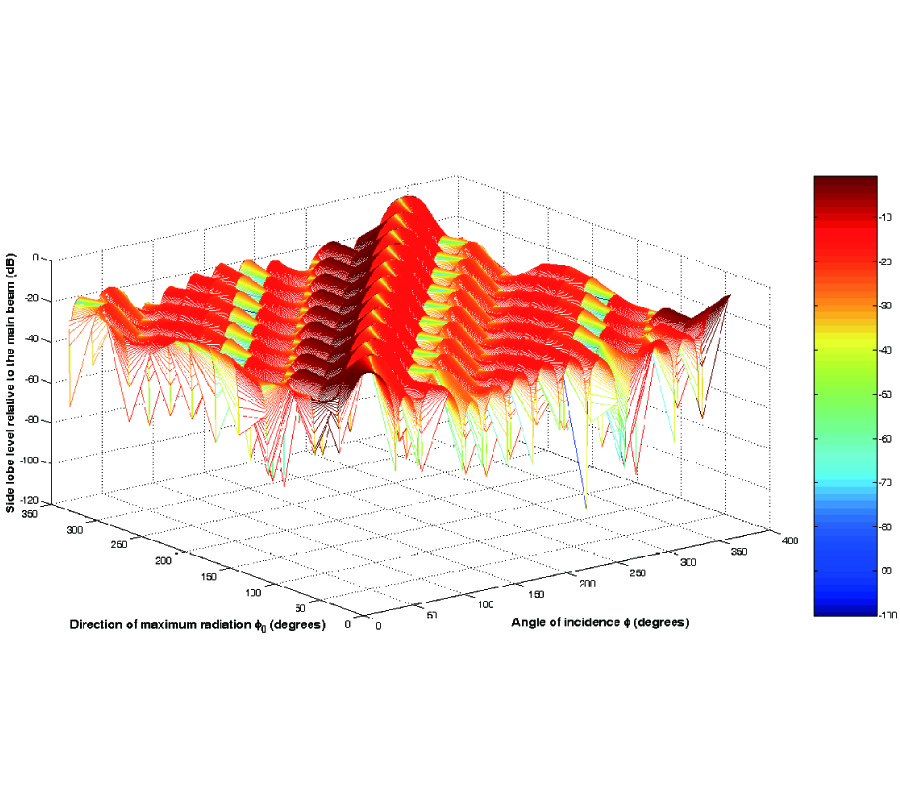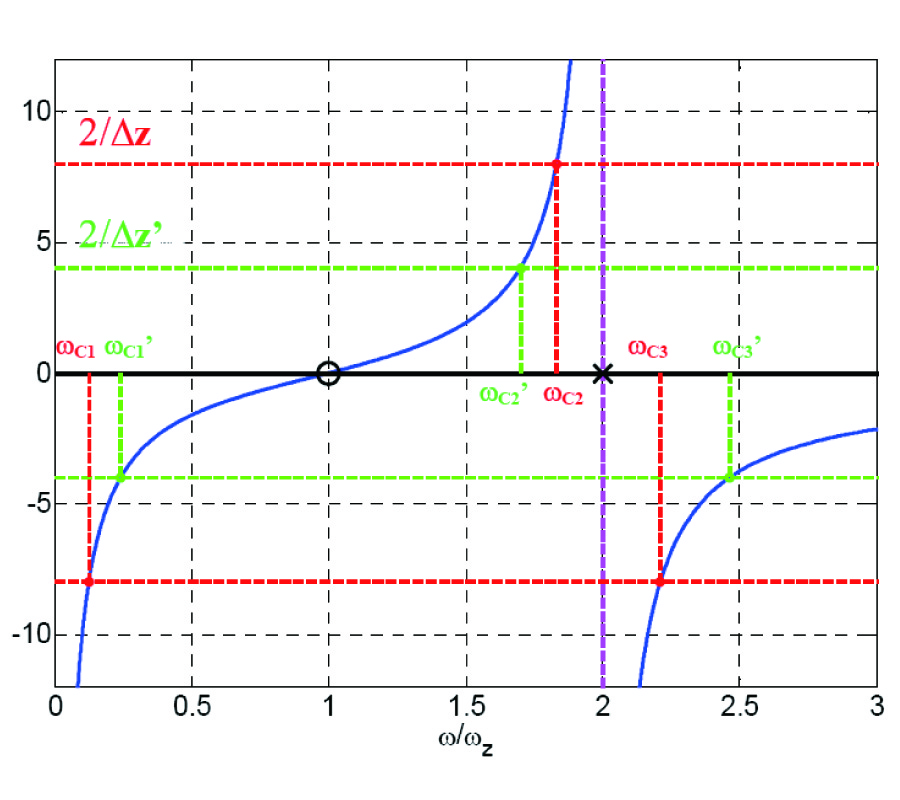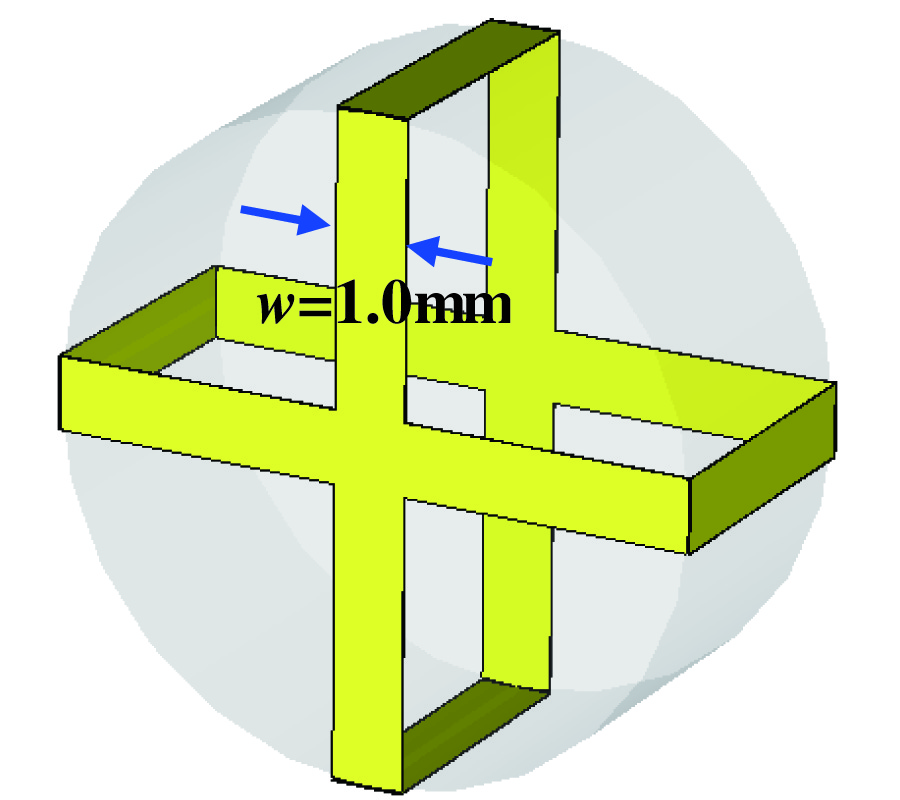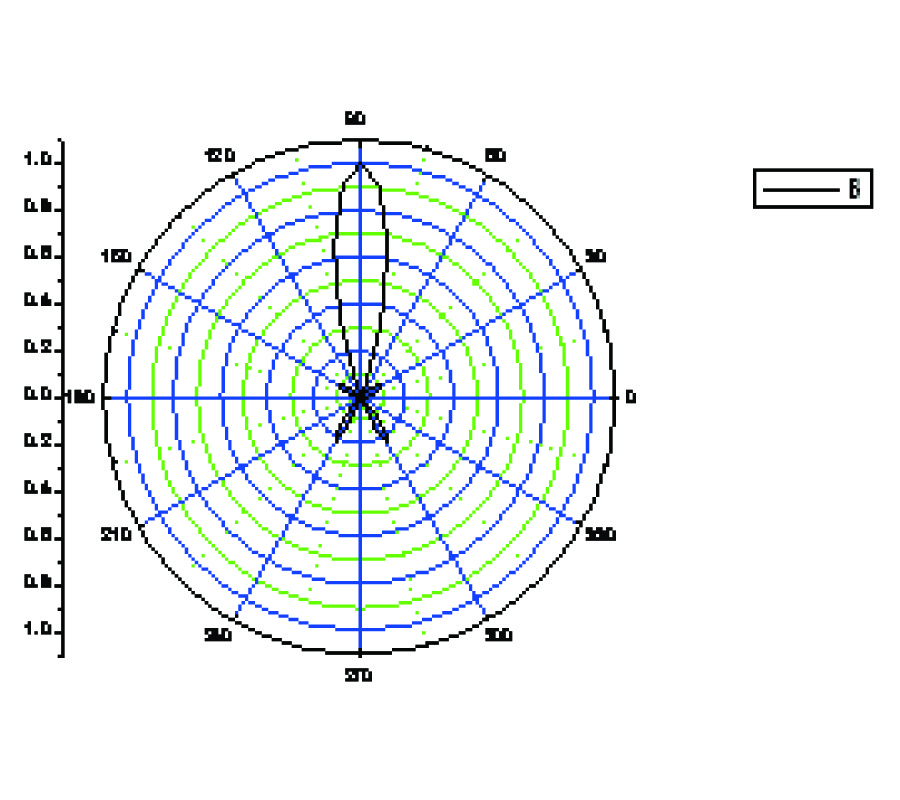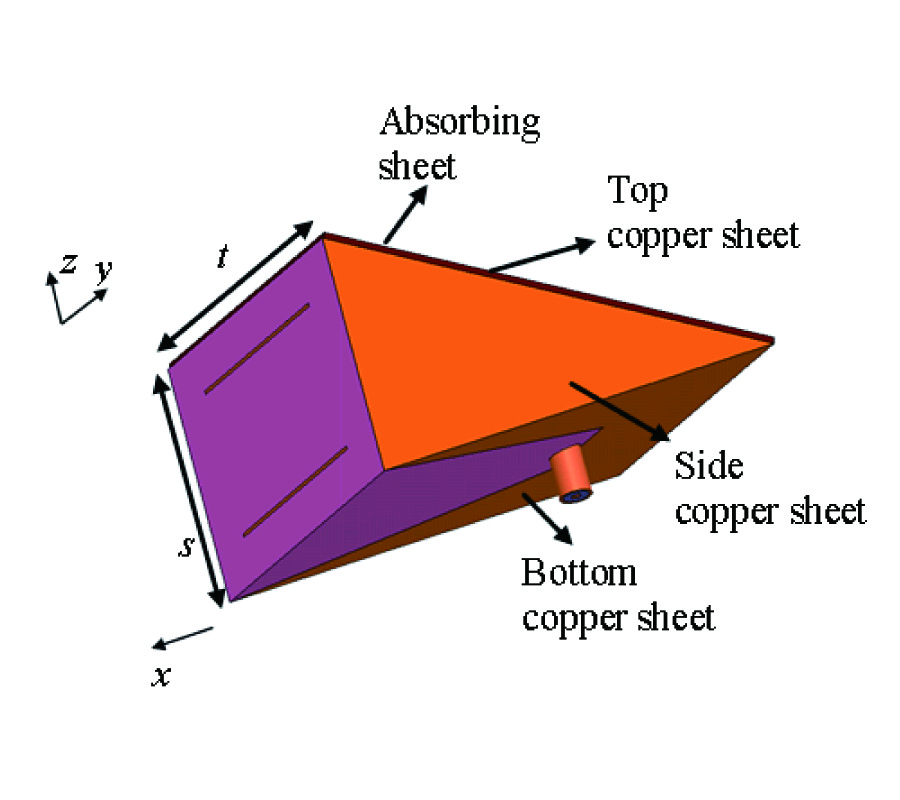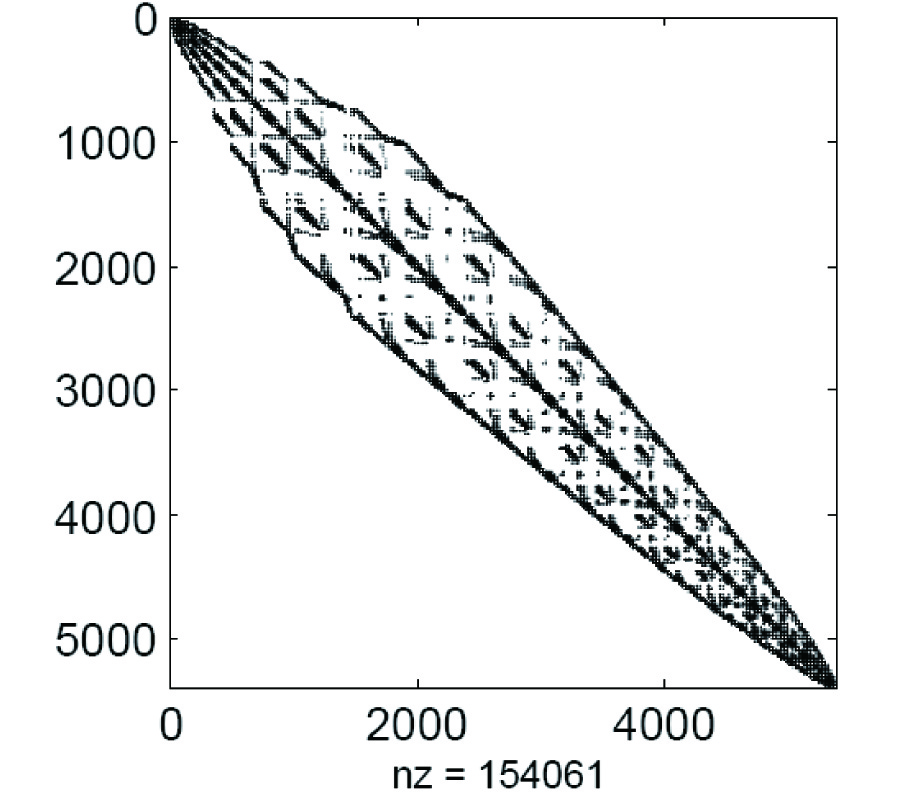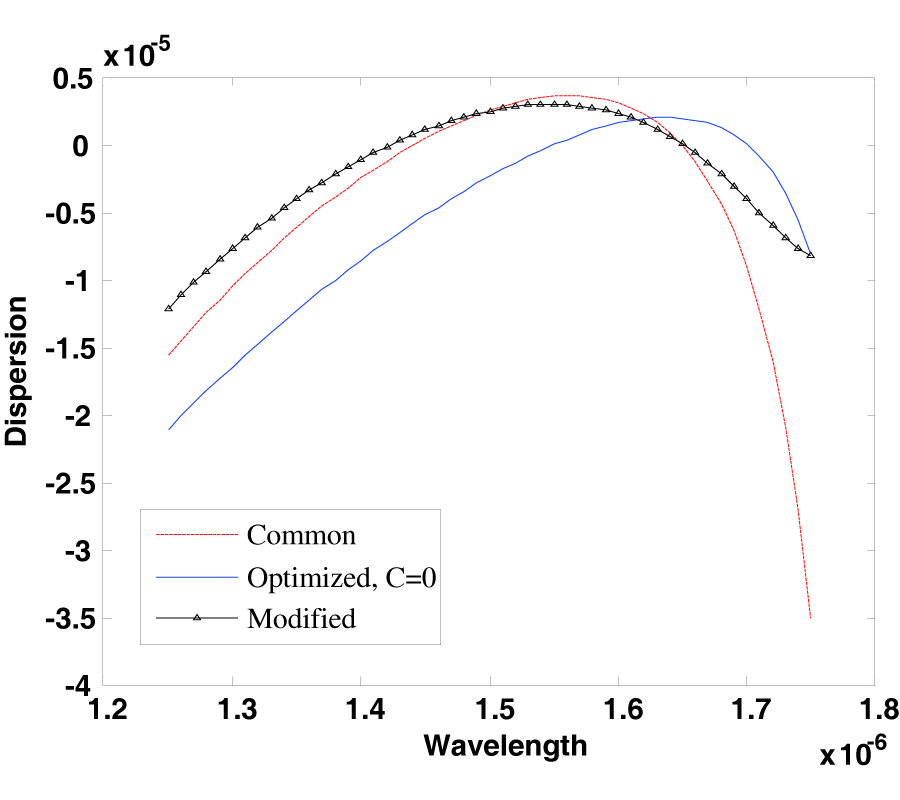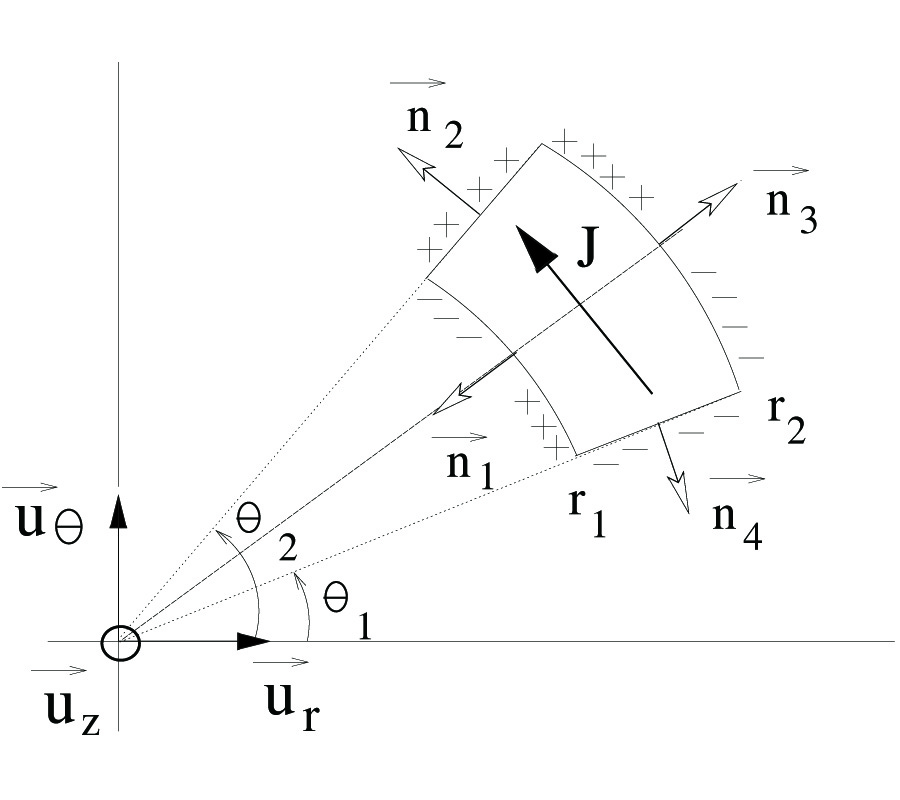A Dielectric Resonator-Based Route to Left-Handed Metamaterials
Jiafu Wang,
Shaobo Qu,
Hua Ma,
Junhua Hu,
Yiming Yang,
Xiang Wu,
Zhuo Xu and
Meijuan Hao
In this paper, a new route for the realization of left-handed metamaterials (LHMs) is suggested. It is based on commercially available dielectric resonators with low loss and high temperature stability. By etching simple metallic strips on surface of dielectric resonators, the desired resonance modes can be enhanced while the undesired suppressed. In this way, resonance frequency of desired resonance modes can be tuned to the frequency range of interest. As a typical example, a wide-angle polarization-independent planar LHM based on disk-like dielectric resonators is proposed. Negative permeability and permittivity are realized by etching metallic strips along the electric field orientations of TE01δ and HEM11δ modes, respectively.
